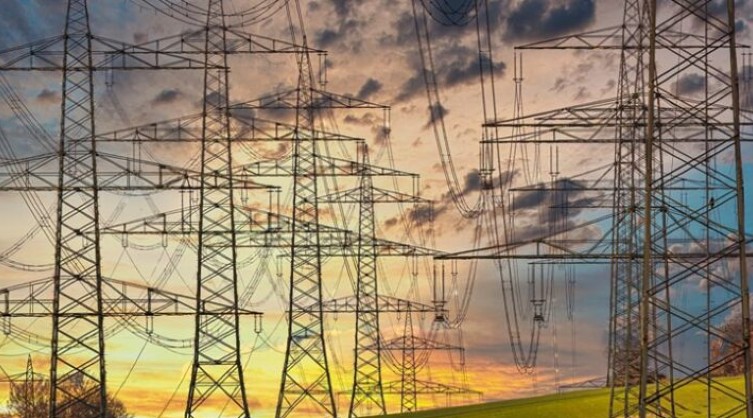SAUBHAGYA Scheme led to the electrification of households
By EPR Magazine Editorial March 18, 2023 1:56 pm IST
By EPR Magazine Editorial March 18, 2023 1:56 pm IST

The Pradhan Mantri Sahaj Bijli Har Ghar Yojana, or SAUBHAGYA, was introduced by the Indian government in October 2017 with the goal of achieving universal household electrification by connecting all rural households without electricity and all low-income households in metropolitan areas.
As of March 31, 2019, all households listed by the States as electrified under the supervision of SAUBHAGYA were electrified, with the exception of 18,734 households in Chhattisgarh regions impacted by Left Wing Extremists (LWE). Seven states—Assam, Chhattisgarh, Jharkhand, Karnataka, Manipur, Rajasthan, and Uttar Pradesh—then reported that around 19.09 lakh un-electrified households—identified before March 31—were eager to receive an electrical connection after first expressing hesitation. This was approved as well.
As of March 31, 2021, 100 percent of houses in these seven states reported being electrified. At the beginning of SAUBHAGYA, up until March 31, 2021, 2.817 crore houses had been electrified. In response, some states indicated that 11.84 lakh households still needed to be electrified, while other states reported there are now 4.43 lakh electrified homes.
Under the framework of SAUBHAGYA, 2.86 crore households in total were electrified. The programme is currently closed as of March 31, 2012.While the creation of new households is a constant process and it is expected that the Distribution Utilities will handle their electrification, the Government of India is committed to assisting the States in electrifying all the houses that already existed when SAUBHAGYA was approved.
The Revamped Distribution Sector Scheme (RDSS) was recently given guidelines by the Indian government in this regard, and the states have been asked to submit their DPRs to the Ministry of Power.
29 states participated in SAUBHAGYA during its implementation term, which was for all the states and union territories. A few additional states and UTs had electricity even before the SAUBHAGYA Scheme was introduced; hence, they did not participate in SAUBHAGYA.
We use cookies to personalize your experience. By continuing to visit this website you agree to our Terms & Conditions, Privacy Policy and Cookie Policy.